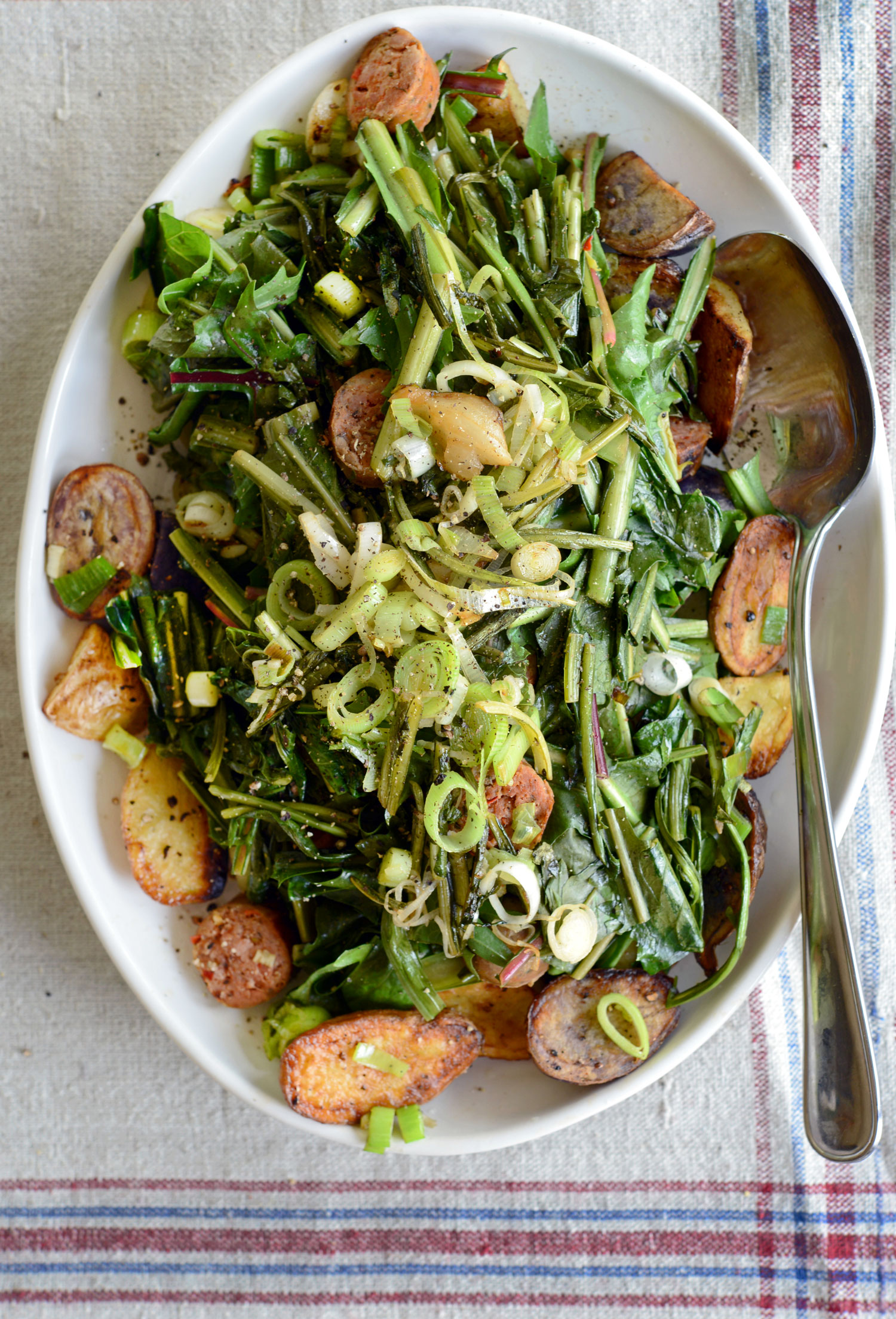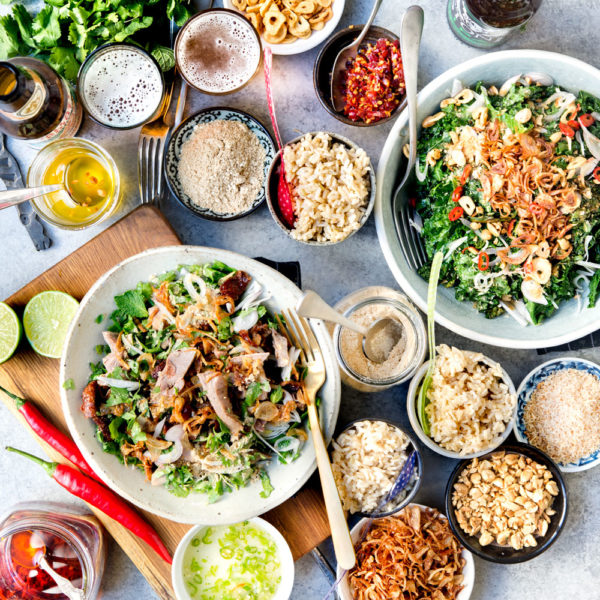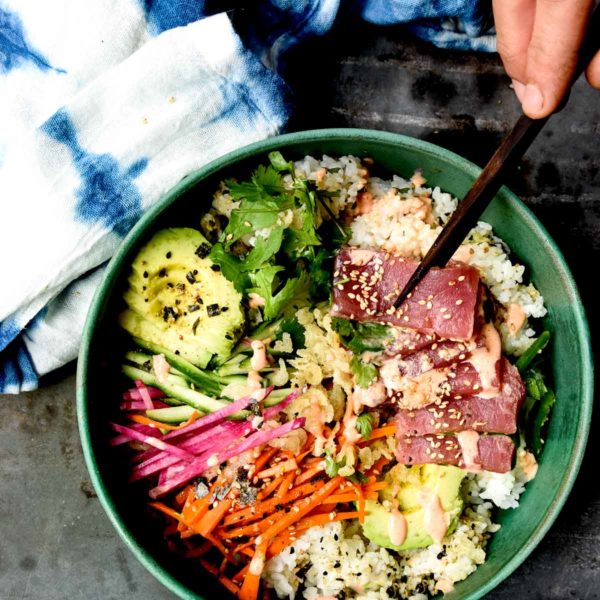There was a recent New York Times article entitled Breeding the Nutrition Out of Our Food. In the words of the Greek physician Hippocrates, who proclaimed them nearly 2,500 years ago (clearly ahead of his time), “Let food be thy medicine and medicine be thy food.” Sadly, studies published over the past 15 years indicate that much of our food supply (and produce) is relatively low in phytonutrients, the compounds thought to prevent many modern day degenerative diseases (including cancer, cardiovascular disease, diabetes, and dementia).
According to NYT piece, “Dandelions, once a springtime treat for Native Americans, have seven times more phytonutrients than spinach, which we consider a ‘superfood.’ A purple Peruvian potato has 28 times more cancer-fighting anthocyanins than common russet potatoes.”
The caveat…many of the most beneficial phytonutrients have a bitter, sour, or astringent taste.
Can we train our taste buds to get (re)acquainted with these tastes that have all but disappeared from the standard American diet?
Dandelion greens…pesky weeds or edible greens? Well, yes and yes.
The Edible Greens and Other Weeds
There are all sorts of wild edible greens — amaranth, dandelion, fennel, lamb’s quarters, mallow, morning glory, purslane (aka glistrida), stinging nettle, and thistle, to name a few; some are probably growing in your yard as we speak. You may be more familiar with them as pesky, intrusive weeds, but they have been eaten and used for centuries, prized for their nutritional and medicinal properties.
Dandelion Greens
Was first introduced to wild greens (including dandelions) on my first trip to Greece over ten years ago. Horta, or wild greens, have long been a mainstay of the traditional Greek diet. Depending on the season or location, horta refer to any number of boiled greens seasoned generously with delicious, peppery olive oil and lemon juice — a staple in every Greek household.
If you are unfamiliar with dandelion greens, they are bitter, along the lines of chicory or escarole. That being said, the best time to harvest dandelion greens is in early spring when they are young, just emerging, and before the flowers appear. That’s when they are most tender and least bitter. Cooking also tames the bitterness (a little bit of pork fat also never hurts).
Warm Dandelion Bacon Leek Potato Salad
Warm Dandelion Bacon Leek Potato Salad
3 tablespoons extra virgin olive oil
8 small (red, white, purple) potatoes, halved or quartered (depending on their size)
Sea salt and freshly ground black pepper
3 cloves garlic, smashed and peeled
4 ounces slab or thick-cut apple-wood smoked bacon (can also substitute hot Italian sausage or your favorite sausage); more if you so desire
1 large bunch dandelion greens, washed and cut into ~3-inch pieces
2 baby leeks, washed well, thinly sliced
1/2 teaspoon hot smoked paprika
1/4 cup sherry vinegar
Poached or fried egg to top (optional)
Heat a large roasting pan or Dutch oven and add 3 tablespoons of olive oil. Spread the potatoes in the roasting pan or Dutch oven in a single layer and season with salt and pepper. Saute the potatoes until golden brown and crispy on the exterior and tender on the interior, 10 to 15 minutes. Add the smashed garlic in the last 5 minutes or so of cooking (making sure the garlic doesn’t burn).
While the potatoes are browning, cut the bacon into 1/2-inch-wide pieces to make lardons. Cook over medium heat, stirring occasionally, until the bacon is golden brown. Add the leeks and cook another minute or two.
When the potatoes are done, add the hot bacon and leeks to the potatoes using a slotted spoon, reserving the bacon fat in the pan. Add the greens to the reserved fat in the pan along with the smoked paprika; add the sherry vinegar and quickly toss to coat. Transfer the greens to the pan with the potatoes and toss to combine until the greens just wilt.













